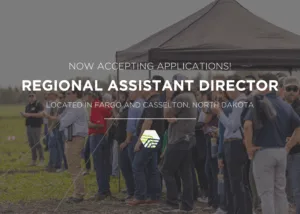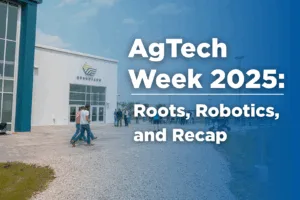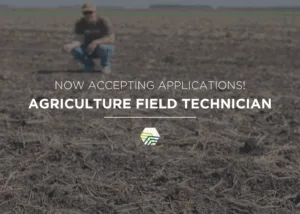Nori pays farmers for carbon and plans move to ‘crypto' payments
FARGO, N.D. — A “gray area.”
That’s how farmers attending the “Cultivate” ag-tech conference in Fargo, North Dakota, on June 30, 2022, described the off-again, on-again carbon market, with environmentally-conscious influences offering technological solutions — and money.
One of the high-profile players at Cultivate this year, was Nori Inc., created in 2017 at Seattle, Washington. The company has about 25 employees and is working at creating a carbon market and sequestering as much carbon as possible. Nori wants to pay farmers for “converting” to “regenerative practices,” things like cover crops and minimum or no-tillage that many already are doing, in part for other return-on-investment reasons.
”Corporations and others" want to (or have to) remove CO2 from the atmosphere, with a goal of toward making a difference for the climate or at least telling customers they’re trying. The Biden administration has promoted practices like cover crops, a practice that has been catching on for farmers in the upper Midwest. Nori is paying $20 per ton of carbon sequestered, which translates into about $10 an acre.
Farmers reacting said that won’t be enough.
Among them were Kathi Luther, who farms and operates K&S Seeds Inc., with her husband, Steve, near Enderlin, North Dakota. Speaking on one panel, she said there is a “disconnect” between the carbon market and farmers. Instead of the $10 per acre figures being bandied about, possibly $100 an acre, or $500 an acre, would make a difference, she said.
“It’s going to have to be a big number, I feel,” Luther said.
60% to 80% goal

Paul Gambill, the chief executive officer and co-founder of Nori, said his company’s goals are lofty.
“Our objective is to capture like 60% to 80% of the market share for carbon removal transactions,” Gambill said. “If we can become the dominant marketplace where buyers and sellers are meeting and transacting on carbon, then the ‘Nori’ price is effectively the carbon price.”
Gambill is a newcomer to agricultur, but has a business career in computer software. He graduated from Arizona State University in systems engineering in 2010 and went on for a master’s in Engineering Management from Duke University in 2011. He said the “Nori” name is a Japanese word for “seaweed,” and doesn’t stand for anything.
“Nori is a carbon-removal marketplace and it turns out that growing seaweed is a fantastic way to sequester carbon from the atmosphere,” Gambill said.
Nori is owned by its founders and is “venture-backed” with several “equity investors.” The company sent at least four of its employees to the event to describe their work and feel out farmer interest in it.
The Nori employees put farmers on-stage, giving reactions to their comfort levels with the concept and compensation. Often, answers were a “two” on a scale of 1 to 10, with 10 being the highest.
Regardless, Nori officials said the company already has transacted over 100,000 tons of CO2, since starting in late 2019, and has paid out about $1.5 million to farmers.
“There is a real business there,” Gambill said. He said the company has been arranging the buy-sell deals at a “fairly arbitrary cash price — most recently $20 per ton.”
Gambill said there is one North Dakota farmer in the “pipeline” for participating in the Nori carbon program.
For an interview on the company's agricultural details, Nori officials referred Agweek to Laura Satkowski, a product manager working for Nori for the past two months.

Satkowski was a soil conservationist who worked from 2019 to 2022 for the Natural Resources Conservation Service in Concord, New Hampshire. For Nori, Satkowski is part of the “supply side,” trying to “understand where farmers are at” with pricing and the concept in general.
Satkowski said farmland owners/operators have signed up to supply credits from all over the nation. They are not doing ground-truth soil testing to determine carbon levels and changes but instead using the so-called COMET greenhouse gas quantification tool of the U.S. Department of Agriculture. COMET stands for the CarbOn Management Evaluation Tool.)
Nori “partners” with Soil Metrics — a third-party verifier of carbon credits — to crunch the numbers. (In its website, it says it works with Nori and other partners including Post Holdings and “Carbon by Indigo.” Indigo Agriculture, of Boston and Memphis, Tennessee, has been active seeking carbon suppliers in South Dakota, as well as in a grain marketing program.)
“Soil sample testing doesn’t actually tell us what we need to know,” Gambill said. “One, it’s prohibitively expensive. It’s just a non-starter, to create marketplace where we would requiring that of every single farm.
“Two, we want to know how much carbon is there because of the practices change that the farmer has made — not just how much carbon is there. Carbon is constantly in flux on its own because of weather factors, soil type factors and so on.”
He said the company is “dependent upon process-based modeling to figure out actually how much carbon is there.”
Demand side
So far, company employees said Nori can sell more carbon than it can buy from farmers. Buyers can be large or small companies or individuals (“rock bands”) looking to “offset their emissions” and go “net-neutral” with their emissions.
“When we put carbon credit onto the marketplace it is bought by a buyer, immediately,” Satkowski said.
At the time of the Cultivate event, buyers are paying a fixed $20 per ton.
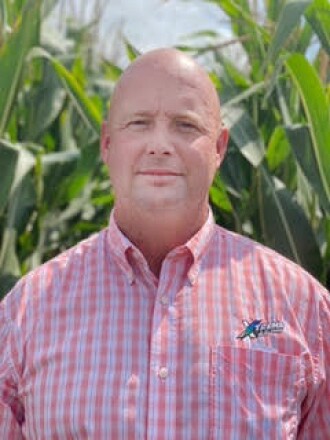
“Regenerative practices” like cover crops sequester about a half-ton per acre, so a typical payment would be about $10 per acre. Payments will vary around the country based on soil type and cropping history, Gambill said.
Gambrill — speaking in Fargo — said he didn’t know the payment level for the Dakotas and Minnesota, compared to other regions. He said he believed there is “one” North Dakota farmer “in the pipeline” for selling some carbon credits through the system, but he didn’t know how long they’d been doing it.
After the event, Agweek found Kelly Garrett, a farmer near Denison, Iowa, southeast of Sioux City, who has sold carbon through Nori.
In a phone interview, Garrett said he raises corn, soybeans and winter wheat. Garrett is a founding member/partner of a website, XtremeAg.Farm, a member-based group that tries out products and services for sponsors, including Nori.
Garrett, who has won state and national corn growing titles, learned about Nori through an account manager from Locus Agricultural Solutions, which sells a “microbial,” designed to add to carbon sequestration. Garrett said he was satisfied with Nori, so far.
In his deal, Garrett said the original buyer for his carbon had “backed away” and Shopify Inc., came forward, purchasing 5,000 tons at $15 per ton (a price that has since increased). The farm collected $341,000 from Nori based on a five-year contract, or about $68,000 a year.
Nori’s new way
Nori has been tweaking its system. Here’s how it works today:
- Any practice started before 2011 does not qualify for payments. Farmers provide a "less-detailed" crop data for each parcel back to the year 2000.
- Once signed up for a season, the farmer provide more detailed cropping information since the practice change — including planting and harvest dates, yield, irrigation and other practices.
- The farmer “projects” crop rotations for 10 years in the future, using the most recent crop rotation.
- Nori uses the the COMET model to quantify the amount of carbon per acre on each field, and use that number to issue credit. (Third-party company “Soil Metric” does the analysis.)
- Once accepted, Nori pays $20 per ton of carbon (roughly $10 per acre if an acre provides a half-ton of carbon). Initially, the $20 per ton calculation initially applies to the previous four years, including the most recently completed year.
- The farmer/landowner must sign a 10-year contract, so that carbon sequestered “stays in the ground for 10 years.” Payment levels likely are different for each field.
- Nori holds back a percentage of the payment if the farmer must do something that violates the contract. Sometimes a farmer must till because of an extreme weather event, or some other circumstance. “So that if you do have to till, we’re not asking for money back,” Satkowski said.
- Nori requires that every three years, the farmer “re-verifies” their practices. “That’s where we’re looking at what practices you have actually done for the past three years and re-run the model and see if that lines up with the amount of carbon we’ve said was sequestered, previously,” she said. “We’re trying to provide a really high-quality carbon credit.”
- Nori officials said the full amount of the $20 per ton payment goes directly to the farmer. “We charge the buyer a fee associated with that,” Satkowski said.
Next: ‘tokenizing’
If all this isn’t new enough for farmers to absorb, Nori soon plans to “launch” its own “cryptocurrency,” with plans to pay for carbon in “Nori tokens,” at “one Nori per ton.”
“The supplier could choose to sell it at that moment and get whatever the cash price is, or if they think the carbon price will be different in the future, then hold onto it and sell it when it reaches a pricepoint they’re more comfortable with. Everyone gets the optionality of it that way.”
“If I ask you today, what is the price of corn or wheat, we know where to go and look that up,” Gambill said. “If I ask you today, what is the price of carbon, every person you ask will give you a different answer. We don’t have a commodity reference price for carbon dioxide.”
The Nori token is “like a gift card for a ton of CO2” and whatever that price it is “effectively." It isn't clear how the system would work for tax purposes.
“One of our big concerns is that we don’t want a carbon credit to be sold for multiple times,” Satkowski said. “When a buyer purchases a carbon credit we only want that traded once.”
It improves the integrity and quality of the carbon credits and avoids “mishaps” for the farmer down the road.
The tokens are “built on the ‘blockchain,’ meaning that they're tracking every single step of that transaction of the credit being purchased. When a buyer purchases that carbon credit from the farmer it is going into their wallet and it is staying there. It cannot physically be moved out of there and resold.
Garrett, in Iowa, said he had heard about the concept of “tokens” for Nori, but hadn’t heard details. Cryptocurrency sounds interesting, he said, but would want to know how much speculation or risk is involved.
